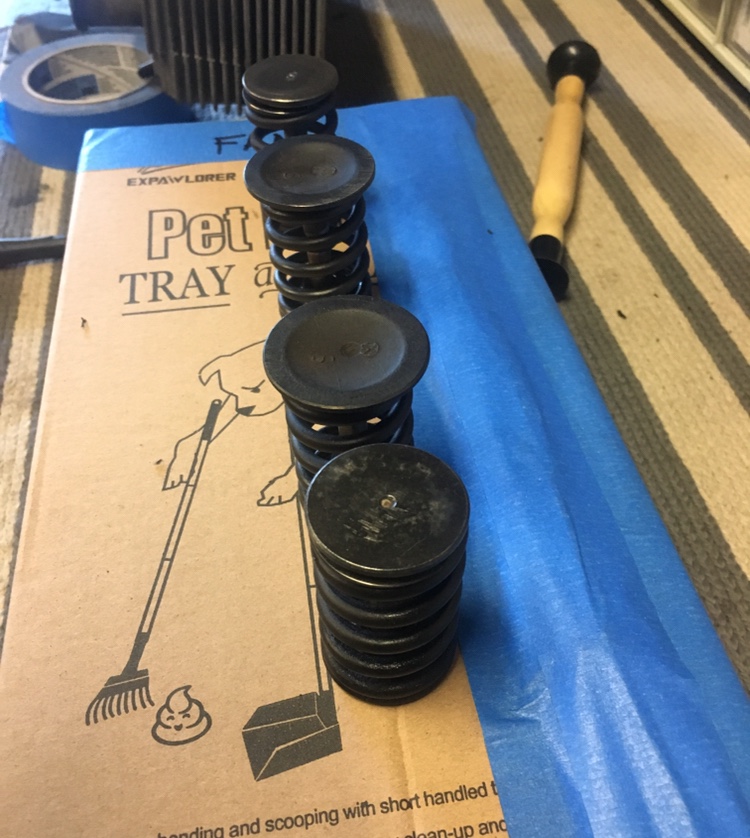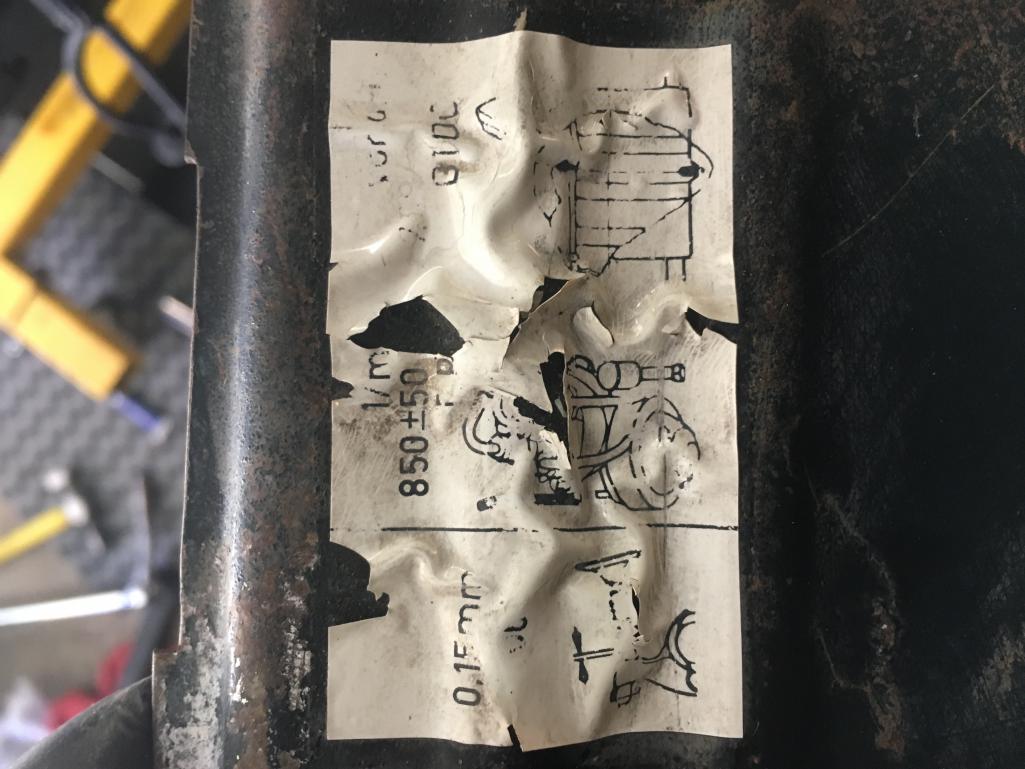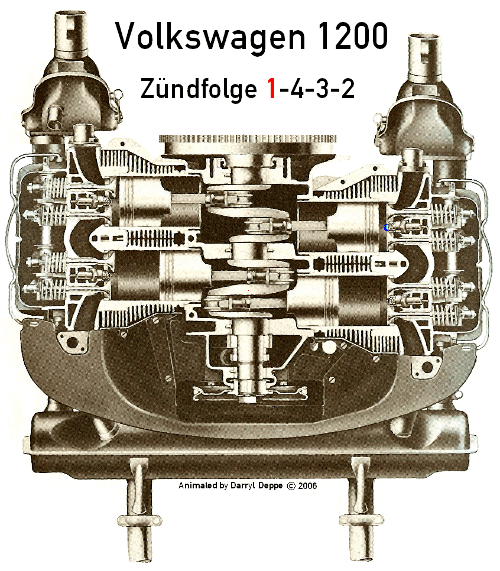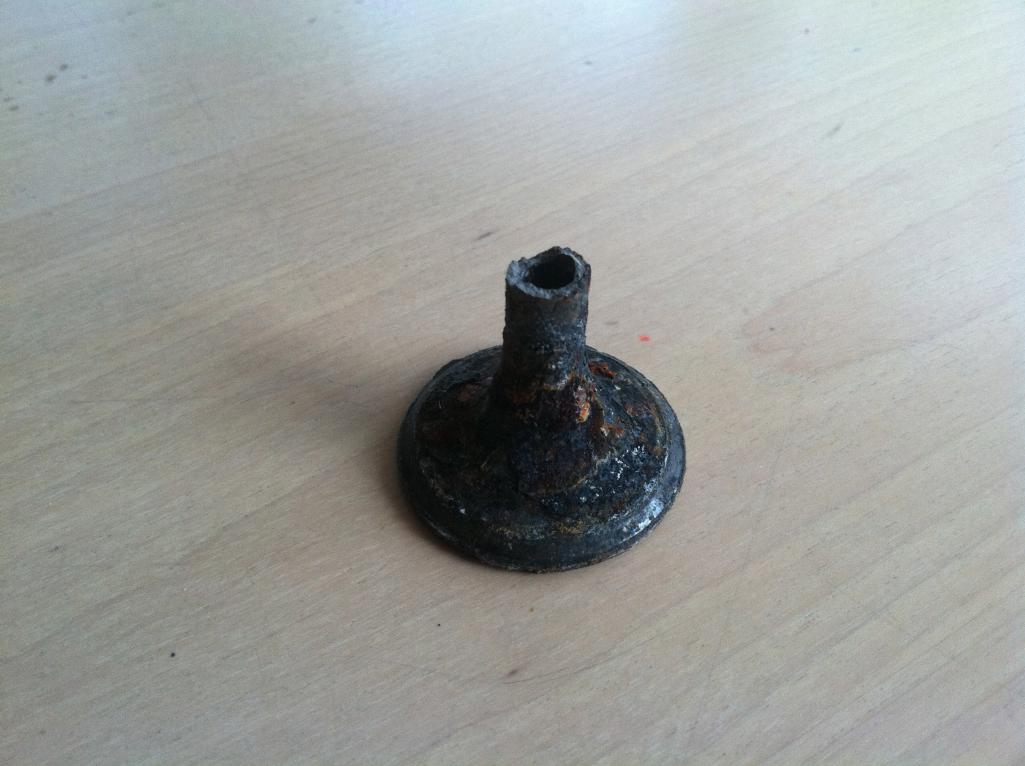Printable Version of Topic
Click here to view this topic in its original format
914World.com _ 914World Garage _ Valve adjustment
Posted by: John90290 Dec 24 2018, 01:59 PM
Adjusting the valves on my 1975 1.8 that I just put new pistons in. I’m going through the process as outlined on a few manuals but for some reason it doesn’t feel right? I’ve never done this before so the manuals I have don’t really have good pictures and the videos and such just say go to tdc and adjust. I get to the tdc mark but feel I need to turn it a bit more to get the valves on the number one to fully close. Also when I move on the the other cyclyndsrs after moving the crank 180 degrees, the ones I previously adjusted seem loose. Not sure if thes makes sense. I don’t want to get it back in the car and have it not run.
I’ve seen valve adjustment discussions on this forum before but couldn’t find them doing the search.
Posted by: 914Sixer Dec 24 2018, 03:02 PM
Check to see if you have the CORRECT fan housing. 1.7 and 2.0 timing marks are different than 1.8. 1.8 is 7.5 degrees BTDC(Before Top Dead Center) @ 800-900 rpm.
Posted by: Rand Dec 24 2018, 03:11 PM
The epic Krusty method is in the classics forum
Posted by: aharder Dec 24 2018, 03:17 PM
here's the Krusty method
http://www.914world.com/bbs2/index.php?showtopic=28758&hl=adjusting+Valves
Posted by: Mark Henry Dec 24 2018, 03:32 PM
You could use chopsticks to find TDC ![]()
Posted by: bandjoey Dec 24 2018, 04:30 PM
You could use chopsticks to find TDC
hE'S jOKING. dON'T UNLESS YOU WANT TO TAKE THE MOTOR OUT TO GET THE BROKEN CHOPSTTICK OUT.
Krusty is the right way. Read it about 6x and it'll make sense and easy to do.
Posted by: TravisNeff Dec 24 2018, 04:59 PM
Get the engine on TDC, on cyl number one both intake and exhaust valves should be slack. If they are not, spin the engine once more until it is on TDC again. Re-check, they should be slack and then check and adjust.
Posted by: cuddy_k Dec 24 2018, 06:09 PM
You sure you have solid lifters? Hydraulic ones don’t get tight the way solid ones do. If you pull back on the rocker and it feels springy....
Posted by: Mark Henry Dec 24 2018, 06:30 PM
You could use chopsticks to find TDC
hE'S jOKING. dON'T UNLESS YOU WANT TO TAKE THE MOTOR OUT TO GET THE BROKEN CHOPSTTICK OUT.
Krusty is the right way. Read it about 6x and it'll make sense and easy to do.
Dats teh tooth!
Posted by: jvmarino Dec 24 2018, 10:50 PM
Make sure you are at TDC for the compression stroke. If you are 360 degrees out, the valves will seem really funky and the engine will not run at all. Made that mistake the first time, but never again.
Posted by: John90290 Dec 26 2018, 10:25 AM
here's the Krusty method
http://www.914world.com/bbs2/index.php?showtopic=28758&hl=adjusting+Valves
Per Krusty's method he mentions 1.8L using Sodium exhaust valves. I have a picture of mine below. Are these the sodium ones?
Attached image(s)

Posted by: TravisNeff Dec 26 2018, 10:36 AM
Hmm, I thought only the 2.0 liter heads had sodium filled exhaust valves.
Posted by: TravisNeff Dec 26 2018, 10:36 AM
Hmm, I thought only the 2.0 liter heads had sodium filled exhaust valves.
Posted by: TravisNeff Dec 26 2018, 10:37 AM
Hmm, I thought only the 2.0 liter heads had sodium filled exhaust valves.
Posted by: ChrisFoley Dec 26 2018, 11:31 AM
The little dimple in the center of the valve face usually indicates a sodium filled valve.
Posted by: HAM Inc Dec 26 2018, 05:07 PM
Like Chris said, the dimple usually indicates a sodium filled valve. You should see the mess it makes of the engine when those hollow old valves break.
And the valves aren't the only scary things in those pictures; those springs are terrifying!
Posted by: John90290 Dec 26 2018, 07:36 PM
Like Chris said, the dimple usually indicates a sodium filled valve. You should see the mess it makes of the engine when those hollow old valves break.
And the valves aren't the only scary things in those pictures; those springs are terrifying!
Most of the replacement valves I see on line have the dimples regardless of their sodium status. Here is one example. New AE Exhaust Valve Porsche 914 912 1976 https://rover.ebay.com/rover/0/0/0?mpre=https%3A%2F%2Fwww.ebay.com%2Fulk%2Fitm%2F152559390949
Please explain the spring comment if you can. Why are they terrifying?
Thanks.
Posted by: HAM Inc Dec 26 2018, 09:06 PM
Like Chris said, the dimple usually indicates a sodium filled valve. You should see the mess it makes of the engine when those hollow old valves break.
And the valves aren't the only scary things in those pictures; those springs are terrifying!
Most of the replacement valves I see on line have the dimples regardless of their sodium status. Here is one example. New AE Exhaust Valve Porsche 914 912 1976 https://rover.ebay.com/rover/0/0/0?mpre=https%3A%2F%2Fwww.ebay.com%2Fulk%2Fitm%2F152559390949
Please explain the spring comment if you can. Why are they terrifying?
Thanks.
In my experience a dimpled O.E. valve is sodium filled. The same is generally true of aftermarket valves, but I would never argue that exceptions may exist.
The springs are scary, at least the one in the foreground, because it's corroded and pitted. I have a hunch those are the original springs and valves. Any 40+years old spring is scary. Even one that's not corroded.
Posted by: John90290 Dec 27 2018, 10:19 AM
Thanks for all the info gentlemen! I will try to look for the part number on the valve. Fortunately that’s not corrosion on the spring. Those things have been sitting uncovered on my work bench for a while so they got good dosing of sawdust and other debris from random other projects. They cleaned up nice but I agree, 40 year old anything is bound to break. I’m 48 and can attest to that;)
Posted by: euro911 Dec 27 2018, 02:22 PM
48? ... wait until you hit 65 ![]()
Did you build the motor? ... are you sure the dimples on the cam and crank gears matched up?
I had an adjustment issue where I adjusted the passenger side, then the driver's side and came back to verify the the passenger side - and found it was out ![]()
I suspected worn cam bushings, and when I tore the motor apart, it was confirmed.
BTW, I only use SS valves on a rebuild.
Posted by: John90290 Dec 27 2018, 03:37 PM
Got the part number off the exhaust valve. 021109612A
After an exhaustive (get it?) search on the inter web I can only find that it was used on type 4’s from 69-74. No mention of their sodium make up. All this to make sure I get them adjusted properly.
Posted by: Dave_Darling Dec 27 2018, 11:04 PM
The sodium-filled 1.8 exhaust valves were not standard. I think they may have been an option, but they weren't standard issue. Just the 2.0 exhaust valves were sodium-filled as a matter of course.
Current thought is that the sodium isn't needed with modern materials.
--DD
Posted by: John90290 Dec 29 2018, 09:36 PM
Painting the tins and found the sticker that called for .15mm
Posted by: John90290 Dec 29 2018, 09:37 PM
Painting the tins and found the sticker that called for .15mm
Attached thumbnail(s)
Posted by: stugray Jan 6 2019, 09:07 PM
I use the TDC mark on the flywheel to set my valves.
There is the original at 0 deg TDC, and I put a second mark (with paint) at 180 deg.
That way I can see the mark(s) from under the car and just turn one wheel to spin the engine.
Posted by: Shredhead Jan 7 2019, 04:49 PM
This animated gif helped me understand the Krusty method. There's a way (I can explain if need be) to look at the gif "frame by frame" to see what valves are closed when. 
Posted by: 72hardtop Jan 22 2019, 03:22 AM
No reason to use sodium valves today. None.
There are only 2 Type 4 head builders that I would allow....
Hoffman Automotive https://newsite.hamheads.com/
or
Headflow Masters http://headflowmasters.com/
Posted by: barefoot Jan 22 2019, 08:10 AM
Please don't use 40 year old sodium filled exhaust valves, corrosion never sleeps and can lead to disaster !!
Powered by Invision Power Board (http://www.invisionboard.com)
© Invision Power Services (http://www.invisionpower.com)
